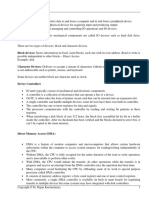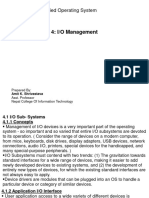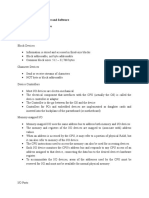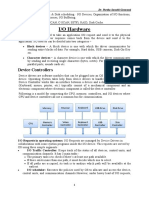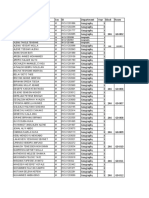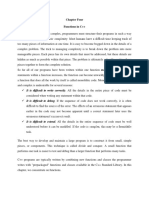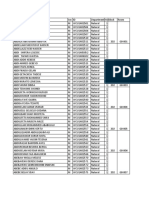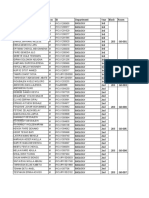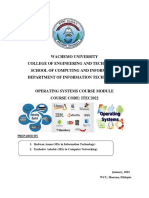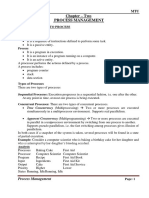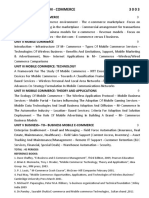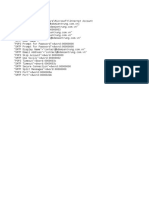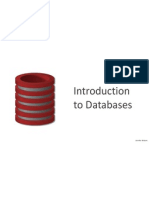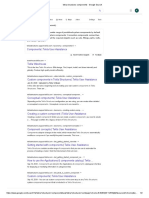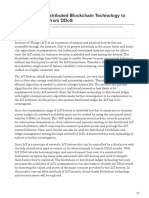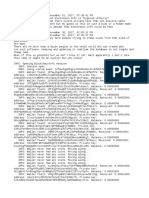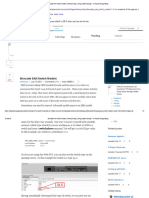0% found this document useful (0 votes)
171 views8 pagesUnit 5-Input Output Management5
The document discusses input/output management and describes:
1) The operating system controls and manages I/O devices, issuing commands and handling errors and interrupts to provide an interface between devices and the system.
2) I/O devices are either block or character devices; block devices store data in fixed blocks while character devices transfer data as a stream. Device controllers and direct memory access allow data transfer between memory and devices.
3) I/O software aims for device independence, uniform naming, and error handling using layered techniques including interrupt handlers, device drivers, and device-independent software to manage I/O requests and buffering.
Uploaded by
Habtie TesfahunCopyright
© © All Rights Reserved
We take content rights seriously. If you suspect this is your content, claim it here.
Available Formats
Download as PDF, TXT or read online on Scribd
0% found this document useful (0 votes)
171 views8 pagesUnit 5-Input Output Management5
The document discusses input/output management and describes:
1) The operating system controls and manages I/O devices, issuing commands and handling errors and interrupts to provide an interface between devices and the system.
2) I/O devices are either block or character devices; block devices store data in fixed blocks while character devices transfer data as a stream. Device controllers and direct memory access allow data transfer between memory and devices.
3) I/O software aims for device independence, uniform naming, and error handling using layered techniques including interrupt handlers, device drivers, and device-independent software to manage I/O requests and buffering.
Uploaded by
Habtie TesfahunCopyright
© © All Rights Reserved
We take content rights seriously. If you suspect this is your content, claim it here.
Available Formats
Download as PDF, TXT or read online on Scribd
/ 8






